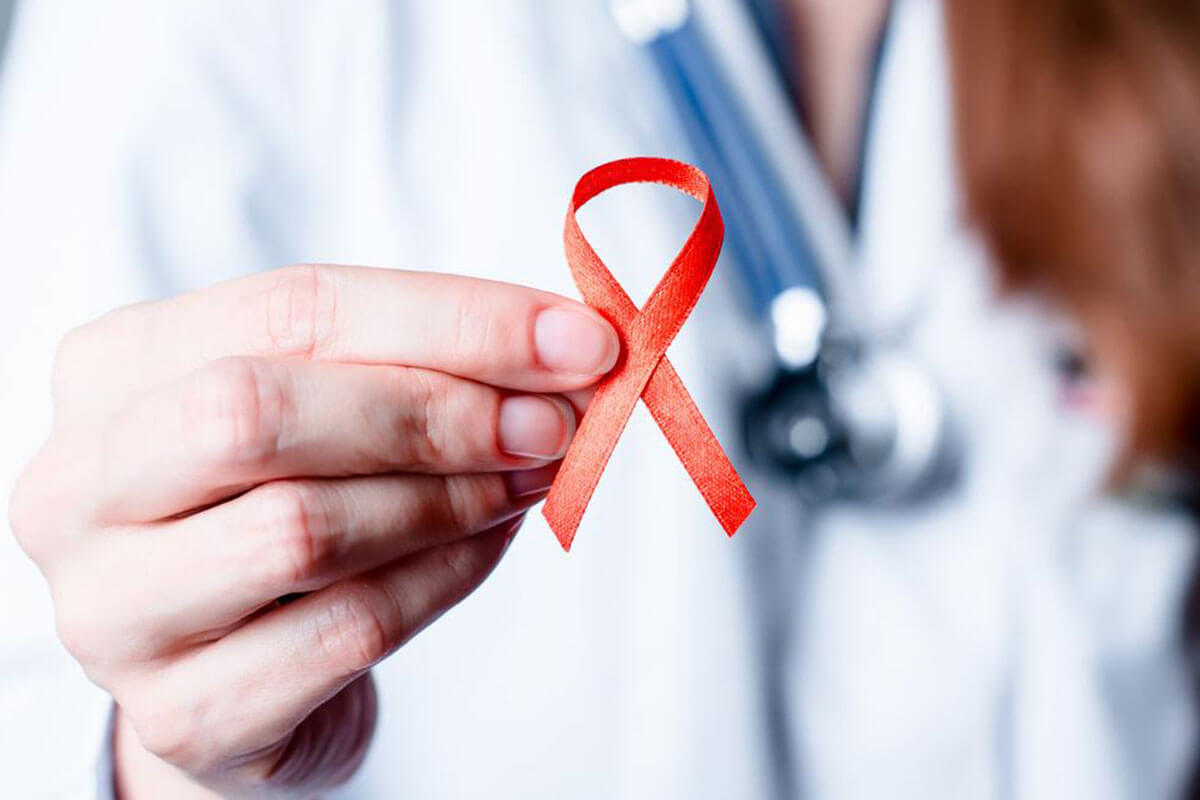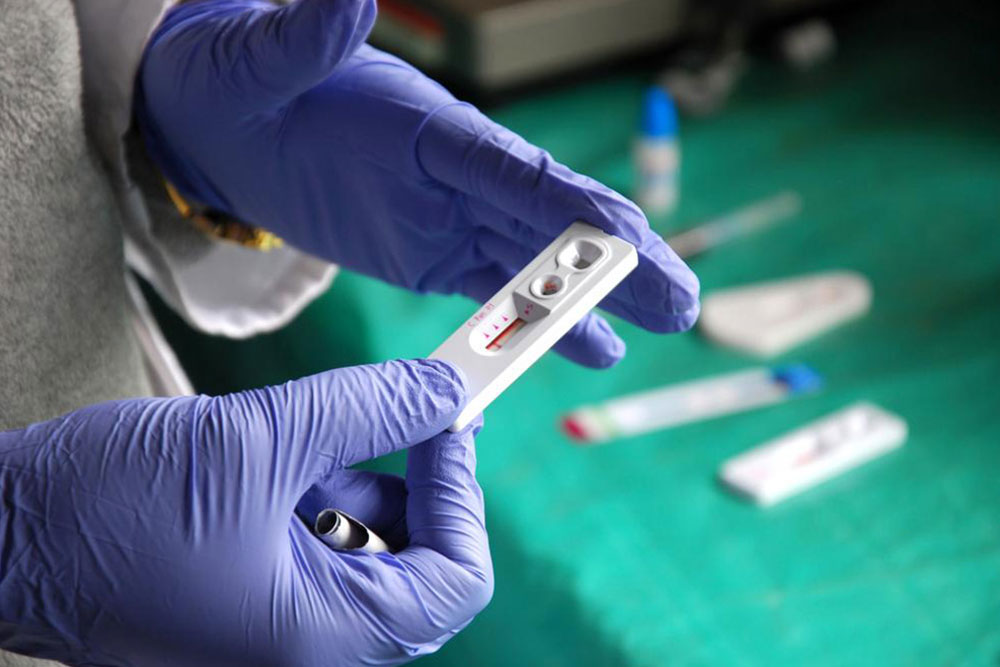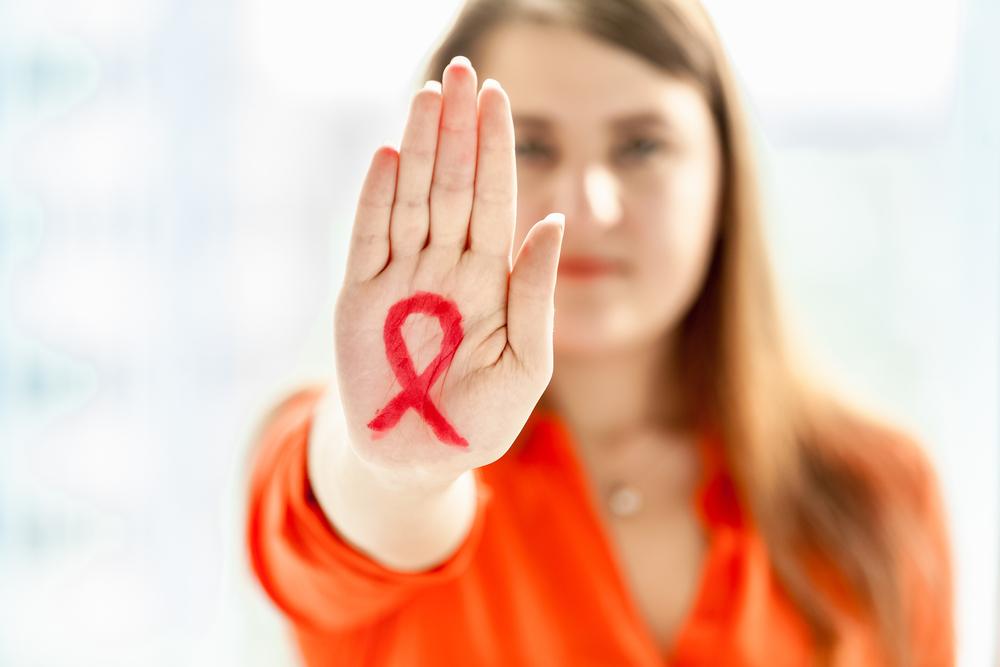Comprehensive Guide to HIV and AIDS: Prevention, Transmission, and Management
This comprehensive guide provides detailed insights into HIV and AIDS, covering transmission routes, symptoms, prevention strategies, myths, and treatment options. It aims to educate readers on controlling the spread of HIV, understanding its impact, and managing the condition effectively. Emphasizing early detection, safe practices, and awareness, this article highlights how modern medicine and informed behavior can significantly improve lives and reduce transmission risks related to HIV/AIDS.

Comprehensive Guide to HIV and AIDS: Prevention, Transmission, and Management
HIV, or Human Immunodeficiency Virus, is a significant global health concern that attacks the body’s immune system, specifically the CD4 cells (T cells), which help fight infections. If left untreated, HIV can lead to the disease AIDS (Acquired Immunodeficiency Syndrome). While advances in medicine have transformed HIV from a fatal condition into a manageable chronic illness, understanding its nature, how it spreads, and methods of prevention are crucial for public health awareness. This comprehensive guide aims to provide detailed insights into HIV and AIDS, including early symptoms, transmission pathways, treatment options, common misconceptions, and prevention strategies.
Understanding HIV: The Virus and Its Impact
HIV is a retrovirus that primarily targets the immune system. Once infected, the virus integrates itself into the host’s DNA, replicating and gradually destroying the immune cells. This process weakens the immune defenses, rendering the body vulnerable to opportunistic infections and certain cancers. Acute HIV infection occurs within 2 to 4 weeks after exposure, with symptoms similar to flu or mononucleosis, such as fever, sore throat, fatigue, rash, and swollen lymph nodes. These symptoms might be mild or unnoticed, which underscores the importance of early testing for those at risk.
Without treatment, HIV advances through various stages. The clinical latency stage, also called the chronic stage, can last for years, during which the virus continues to multiply silently. If untreated, the virus eventually depletes the immune system’s capacity, leading to AIDS. At this stage, individuals are susceptible to severe illnesses, opportunistic infections like pneumonia, tuberculosis, and certain cancers such as Kaposi's sarcoma. While there is no complete cure for HIV or AIDS, antiretroviral therapy (ART) allows infected individuals to control the virus effectively, maintaining their health and reducing transmission risks.
AIDS: The Final Stage of HIV Infection
AIDS is diagnosed when the CD4 cell count drops below a critical level (usually 200 cells per cubic millimeter of blood) or when certain opportunistic infections or cancers develop. It signifies the most advanced phase of HIV infection, where the immune system is severely compromised. Despite aggressive medical treatment, AIDS remains a life-threatening condition without current cure options. However, early detection, continuous ART, and managing opportunistic infections can significantly prolong life expectancy, with many individuals living healthy lives despite their diagnosis.
Transmission of HIV: How the Virus Spreads
Knowledge about transmission routes is vital for effective prevention. HIV spreads through contact with specific body fluids—namely blood, semen, vaginal fluids, breast milk, and pre-seminal fluid—that contain high concentrations of the virus. The primary modes of transmission include:
Unprotected sexual contact with an infected person, especially during vaginal, anal, or oral sex.
Sharing needles or syringes contaminated with infected blood, common among intravenous drug users.
Blood transfusions and organ transplants involving infected donors, though rigorous screening procedures have minimized this risk in many countries.
Mother-to-child transmission during childbirth when the baby comes into contact with the mother's infected blood or fluids.
Breastfeeding from an HIV-positive mother to her infant.
In rare cases, through skin piercing procedures such as tattooing or body piercing if sterile practices are not followed.
Preventing transmission involves safe practices such as consistent condom use, regular testing, and avoiding sharing needles. Pregnant women living with HIV can reduce the risk of mother-to-child transmission by adhering to ART regimens during pregnancy and breastfeeding.
Early Detection and Treatment: The Key to Control
Timely diagnosis is crucial for managing HIV effectively. Routine screening for people at risk—such as those with multiple sexual partners, intravenous drug users, or individuals in high-prevalence regions—is essential to catching the infection early. Once diagnosed, initiating ART promptly helps suppress viral replication, preserving immune function, and preventing progression to AIDS. Modern ART regimens are highly effective, with most patients achieving undetectable viral loads, which virtually eliminates the risk of transmission to others.
Myth Busting: Common Misconceptions about HIV and AIDS
Despite widespread awareness efforts, numerous misconceptions about HIV persist, fueling stigma and misinformation. It's important to dispel these myths:
HIV cannot be transmitted through casual contact, such as hugging, handshakes, or sharing utensils.
It is not spread through saliva, tears, sweat, urine, or feces unless these fluids contain visible blood.
HIV is not transmitted by insect bites or through mosquitos.
Using toilet seats shared with an infected person does not pose a risk of transmission.
HIV-positive individuals can lead healthy lives with proper treatment and care.
Understanding these facts reduces discrimination and encourages more people to get tested and seek treatment without fear.
Prevention Strategies: Protecting Yourself and Others
Preventive measures are central to reducing HIV spread. They include:
Consistent and correct use of condoms during sexual activity.
Regular HIV testing, especially if engaging in high-risk behaviors.
Avoiding sharing needles or other drug paraphernalia.
Pre-exposure prophylaxis (PrEP): a daily medication for high-risk individuals to prevent HIV infection.
Post-exposure prophylaxis (PEP): a course of medication taken within 72 hours after potential exposure.
Ensuring blood, organ, and tissue donations are from screened and certified sources.
Providing education and awareness about HIV transmission and prevention methods.
For pregnant women living with HIV, adhering to ART during pregnancy and breastfeeding significantly reduces the chance of mother-to-child transmission, enabling the child to be born HIV-free.
Living with HIV: Managing the Condition and Maintaining Quality of Life
Advances in HIV treatment have transformed the prognosis for infected individuals. With consistent medicine adherence and regular medical checkups, many people with HIV enjoy a normal lifespan. Mental health support, healthy lifestyle choices, good nutrition, and social support networks are vital elements of comprehensive care. Stigma and discrimination remain challenges, but increasing awareness and education efforts continue to foster understanding and acceptance.
Community resources, counseling, and support groups serve as valuable tools for those living with HIV, helping them navigate the medical and social aspects of their condition. Modern ART treatments are highly effective, and when taken as prescribed, they suppress the viral load to undetectable levels, reducing the risk of transmission and enabling individuals to lead fulfilling lives.
In summary, HIV/AIDS remains a serious health issue globally, but with knowledge, prevention, early diagnosis, and effective treatment, the impact of the virus can be significantly mitigated. Continued education and removing stigma are essential to combating this disease and supporting those affected.





